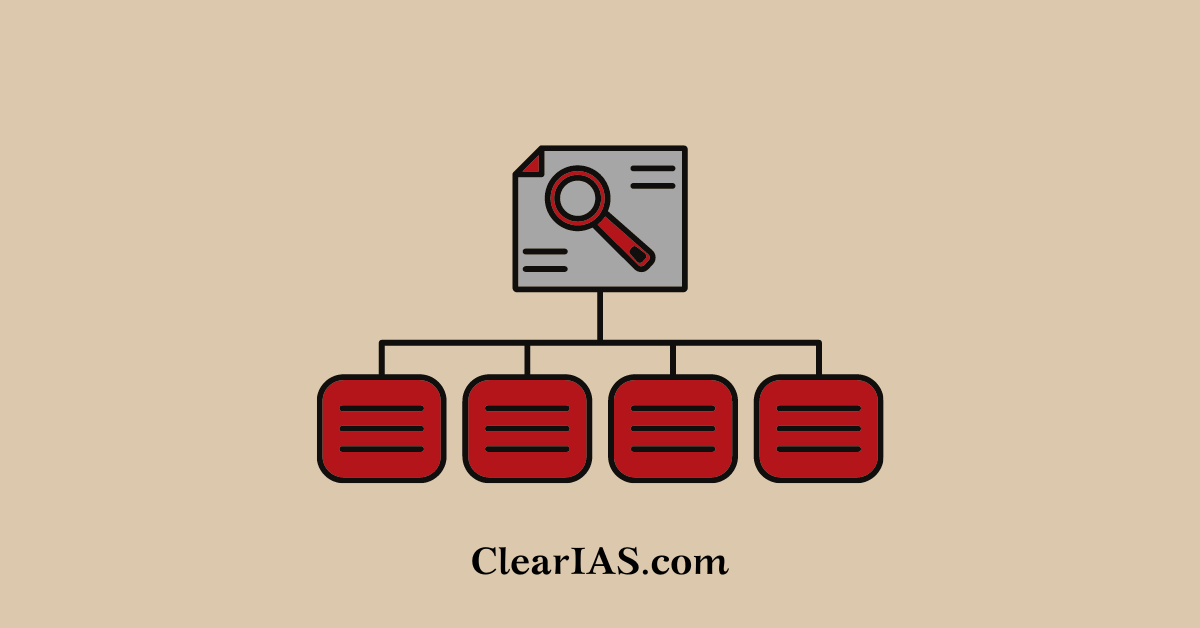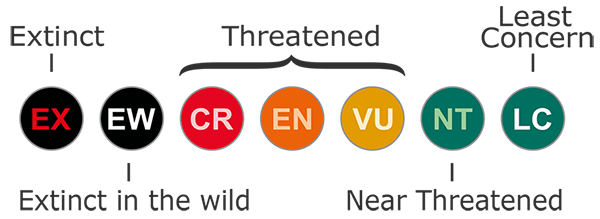 The International Union for Conservation of Nature (IUCN) is the world’s oldest and largest global environmental organisation. Founded in 1948, today IUCN the largest professional global conservation network. IUCN has more than 1,200 member organizations including 200+ government and 900+ non-government organizations. The Union’s headquarters are located in Gland, near Geneva, in Switzerland.
The International Union for Conservation of Nature (IUCN) is the world’s oldest and largest global environmental organisation. Founded in 1948, today IUCN the largest professional global conservation network. IUCN has more than 1,200 member organizations including 200+ government and 900+ non-government organizations. The Union’s headquarters are located in Gland, near Geneva, in Switzerland.
More about IUCN
- Governance by a Council elected by member organizations every four years at the IUCN World Conservation Congress.
- Funded by governments, bilateral and multilateral agencies, foundations, member organisations and corporations.
- Official Observer Status at the United Nations General Assembly.
What does IUCN do?
Conserving biodiversity is central to the mission of IUCN. The main areas of function are:
- Science – the IUCN Red List of Threatened Species™.
- Action – hundreds of conservation projects all over the world.
- Influence – through the collective strength of more than 1,200 government and non-governmental Member organizations.
How does IUCN work?
The work is framed by a Global Programme, developed with and approved by IUCN member organisations every four years. The current programme runs from 2012 to 2016. IUCN’s Global Programme is coordinated by IUCN’s Secretariat and delivered in conjunction with IUCN member organisations, Commissions and IUCN’s theme-based programmes.
IUCN Red Data Book : Threatened Species classification
Threatened species are any species which are vulnerable to extinction in the near future. International Union for Conservation of Nature treats threatened species not as a single category, but as a group of three categories: vulnerable, endangered, and critically endangered, depending on the degree to which they are threatened.

Critically Endangered Species
Critically Endangered (Cr) is the highest risk category assigned by the IUCN for wild species. Critically endangered species means a species numbers have decreased, or will decrease by 80% within three generations. It is therefore considered to be facing an extremely high risk of extinction in the wild.
Endangered (EN) species
Endangered (EN) species is a population of organisms which is at risk of becoming extinct because it is either few in numbers, or threatened by changing environmental or predation parameters. Also it could mean that due to deforestation there may be a lack of food and/or water. It is therefore considered to be facing a very high risk of extinction in the wild.
Vulnerable (VU) species
Vulnerable (VU) species is a species which has been categorised by the IUCN as likely to become endangered unless the circumstances threatening its survival and reproduction improve. It is therefore considered to be facing a high risk of extinction in the wild.
Other divisions: Extinct, Functionally Extinct and Extinct in the wild
A species becomes extinct when the last existing member of that species dies. Extinction therefore becomes a certainty when there are no surviving individuals that are able to reproduce and create a new generation.
A species may become functionally extinct when only a handful of individuals survive, which are unable to reproduce due to poor health, age, sparse distribution over a large range, a lack of individuals of both sexes (in sexually reproducing species), or other reasons.
An important aspect of extinction at the present time is human attempts to preserve critically endangered species, which is reflected by the creation of the conservation status “Extinct in the Wild” (EW). Species listed under this status by IUCN are not known to have any living specimens in the wild, and are maintained only in zoos or other artificial environments. Some of these species are functionally extinct; as they are no longer part of their natural habitat and it is unlikely the species will ever be restored to the wild.
Also read: Climate change and women
Reasons for species extinction
Main reasons for extinction are either natural or manmade. Through evolution, new species arise through the process of speciation and species become extinct when they are no longer able to survive in changing conditions or against superior competition. A typical species becomes extinct within 10 million years (1 crore year) of its first appearance although some species, called living fossils, survive virtually unchanged for hundreds of millions of years. Extinction, though, is usually a natural phenomenon; it is estimated that 99.9% of all species that have ever lived are now extinct.
Various anthropogenic activities causing extinction are manmade reasons. Only recently scientists have become alarmed at the high rates of recent extinctions due to various anthropogenic activities. Some of these anthropogenic activities include intentional or accidental introduction of invasive alien species, over exploitation and unscientific collection of Non-Timber Forest Produce (NTFPs) including medicinal plant, climate change, unsustainable tourism, habitat destruction, encroachment etc.
Status of Plants and Animals : 2012 list
Of the total 63,837 species globally assessed plants and animals, the IUCN classified the numbers as below in 2012.
- 81 as Extinct.
- 63 as Extinct in the Wild.
- 3,947 as Critically Endangered.
- 5766 species in Endangered.
- 10,104 in Vulnerable.
- 4,467 in Near Threatened.
- 10,497 species – Data Deficient.
List of Extinct Plants in India
Extinct plants are enlisted in Red Data book of Botanical Survey of India. As per the Red Data book of Botanical Survey of India (BSI), 17 plants have been recorded as extinct. However, during recent exploration by BSI in some of the previously unexplored areas, numbers of such reported extinct species of plants have been rediscovered.
Critically Endangered Animal Species of India
Click to explore the list of critically endangered animal species of India.






I’m thankful to you because of a lot of studymetarials offered me.
To fulfill daily enhanced food demand farmers have been using chemical fertilizer along with chemical pesticide here in Bangladesh. Farmers of an over populated country what could do and what can as well. But with the process environmental friendly insects as well as animals are on the verge of extinction. Some significant species of insects like tor tiles, snail, frog, earthworm along with heron, dove, diver bird, vulture, gulls, eagle like birds also endangered now. Apart from that, a plenty of animals are now in a vulnerable condition. We should protect them immediately. This is the right time to conserve the echo-friendly animals, birds and insects. We are urging to conscious people to get realize the severity of environmental disasters without mentioned animals, birds and insects.
This is appropriate time to save and conserve endangered animals.
Yaya